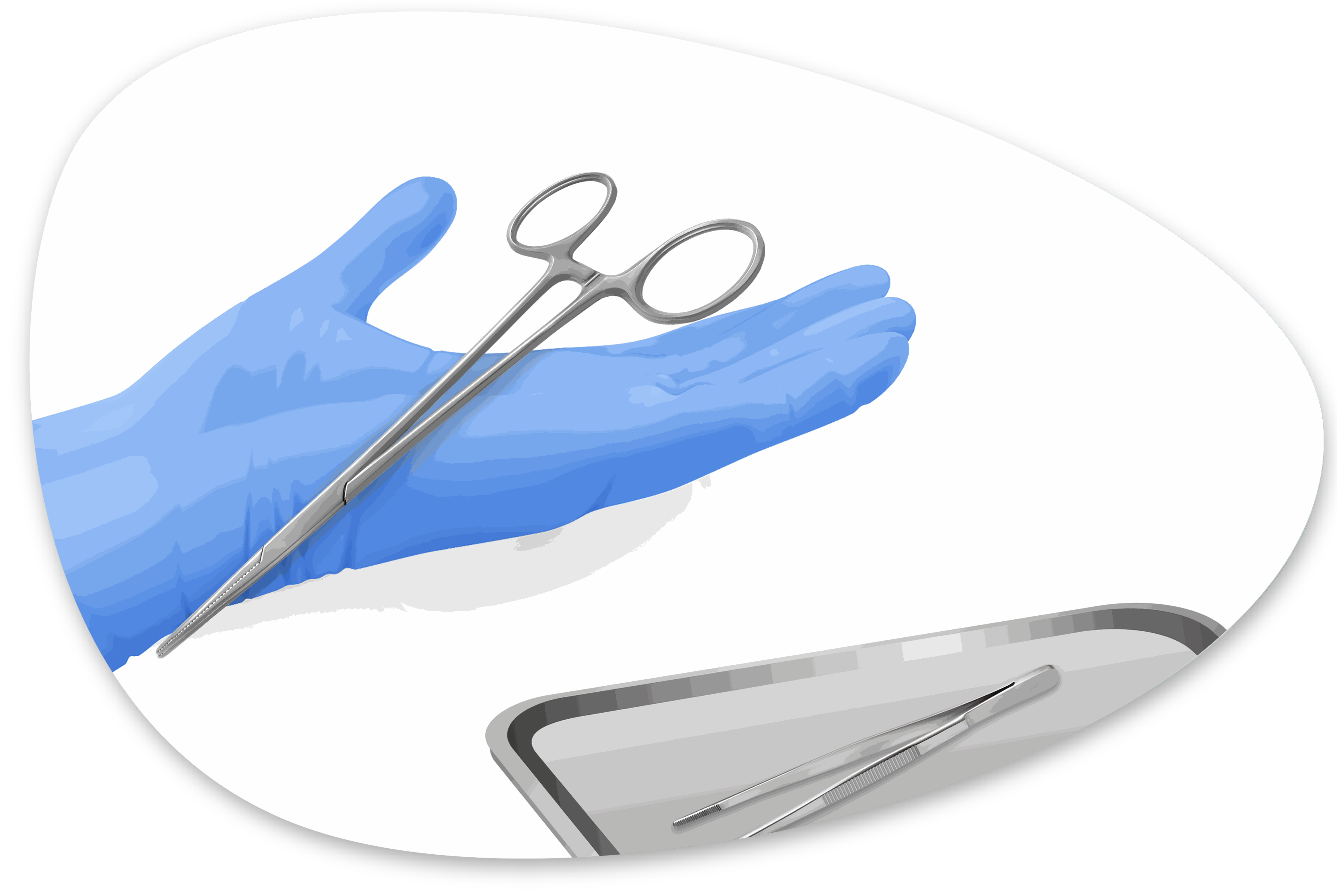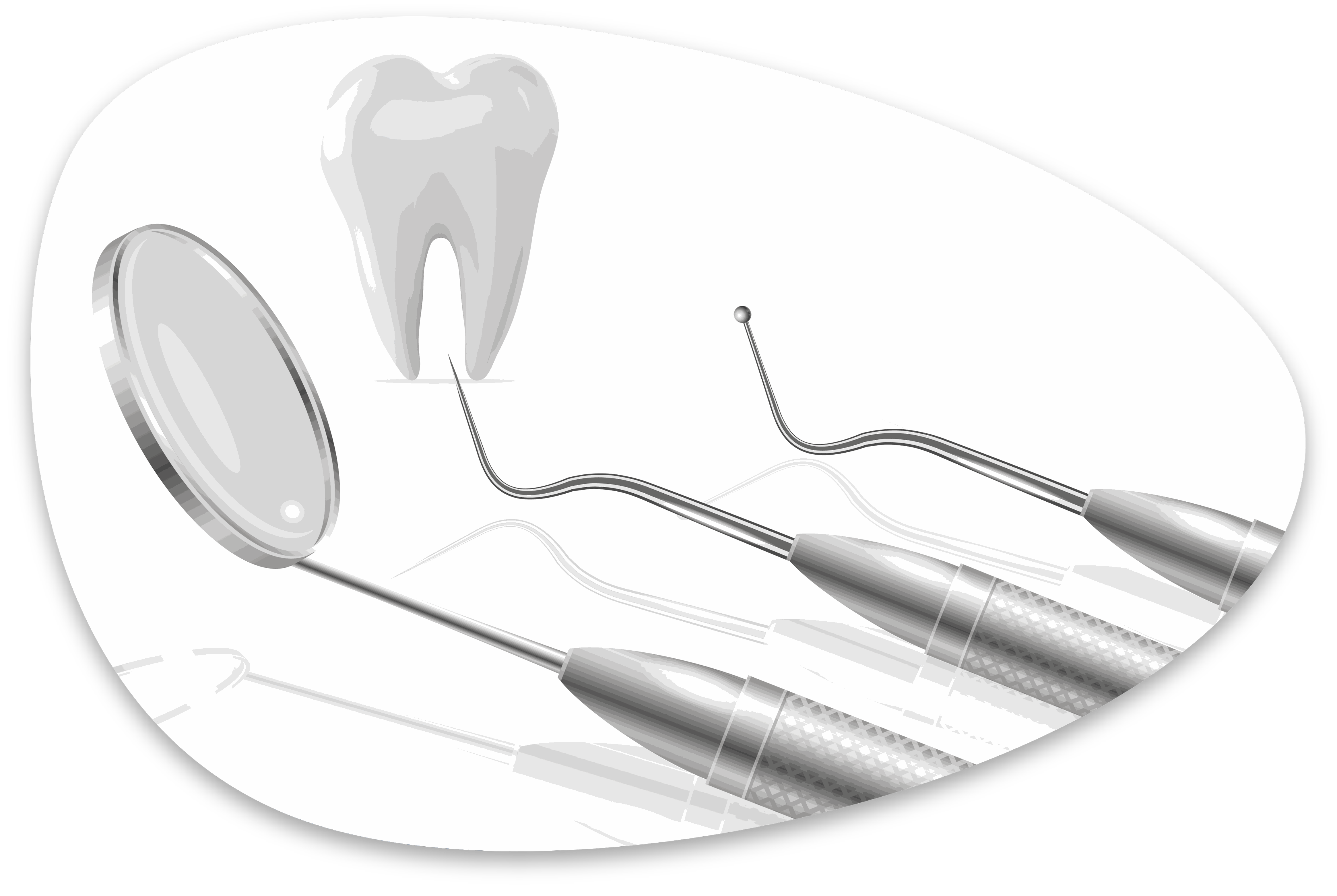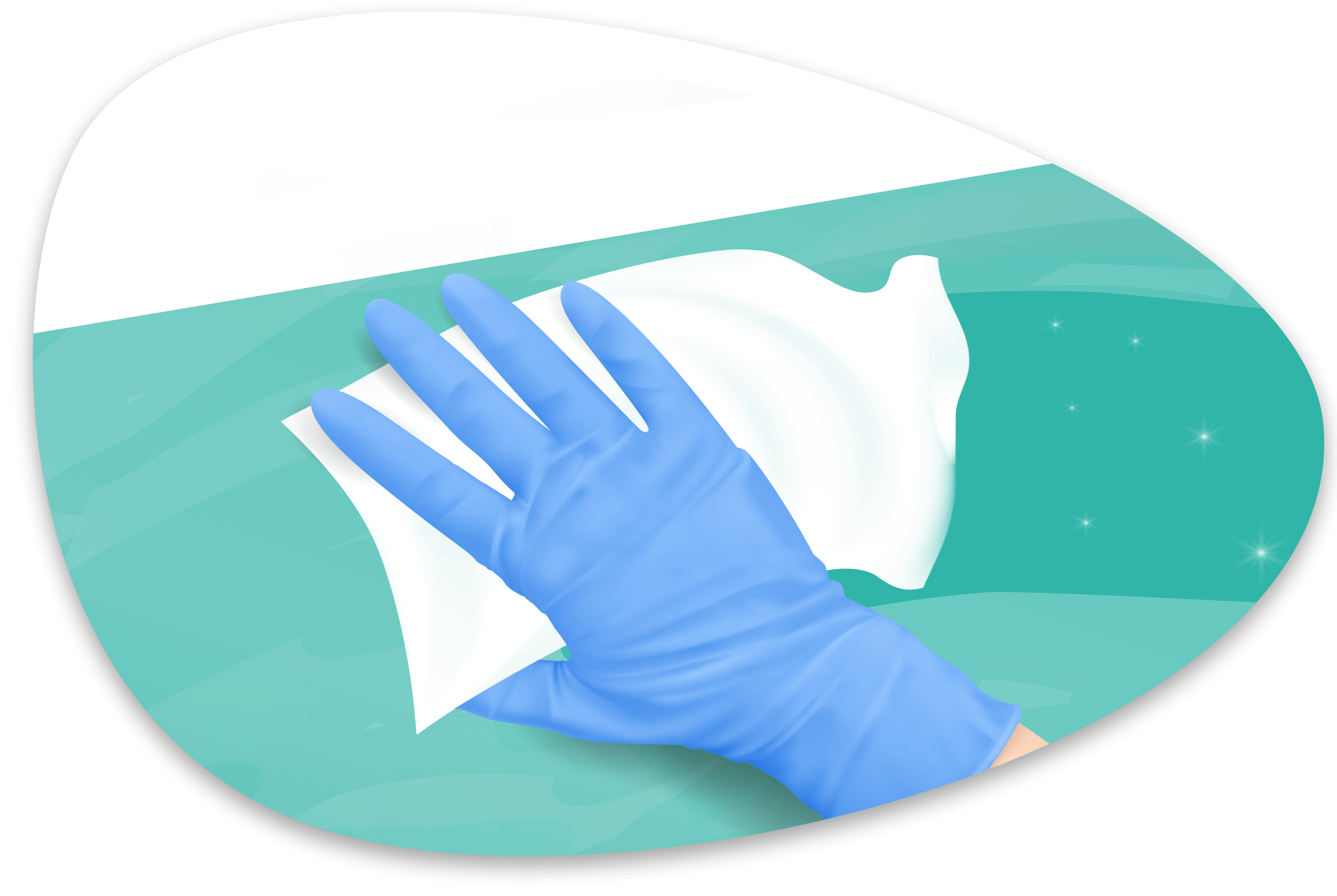
WHY ARE BIOFILMS A HEALTH THREAT?
up to
99%
of bacteria exist in
the form of Biofilm

MATURE BIOFILMS CONTINUOUSLY CONTAMINATE THEIR ENVIRONMENT
BY RANDOMLY RELEASING MICROorganisms

AMR
ANTIMICROBIAL RESISTANCE REMAINS EVEN WHEN CELLS ARE DISPERSED FROM BIOFILMS.
In the hospital environment, biofilms have often been found to protect pathogens such as Staphylococcus aureus, Escherichia coli, Klebsiella or Candida spp., etc.¹
Biofilms are highly-structured polymicrobial communities embedded in a matrix adherent to surfaces. They consist mainly of polysaccharides, proteins, DNA and lipids.
MOST BIOFILMS ARE MULTI-SPECIES. EVEN NON BIOFILM-FORMING MICROBES CAN BE SHELTERED IN A BIOFILM.
(Incl. multi-drug restistant bacteria like MRSA, CRE, Pseudomonas Aeruginosa, Legionella, Viruses and Fungi).²
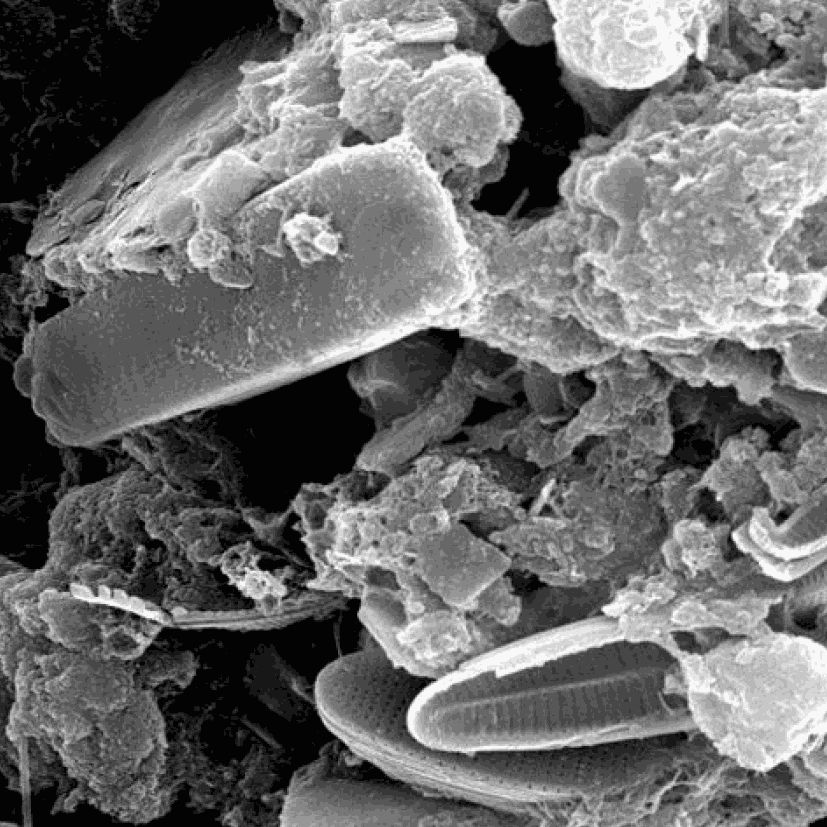
frequency
-
Planktonic bacteria can begin to form a biofilm within minutes in contact with any interface.
-
99% of bacteria exist in the form of biofilm.³
-
Biofilms are ubiquitous and develop frequently on Medical Devices (urinary and intravenous catheters, endoscopes, endoscope washers, dialyse circuits etc.).¹,⁴
-
Tests can lead to "false-negative" results: germs hidden in biofilms are not collected.
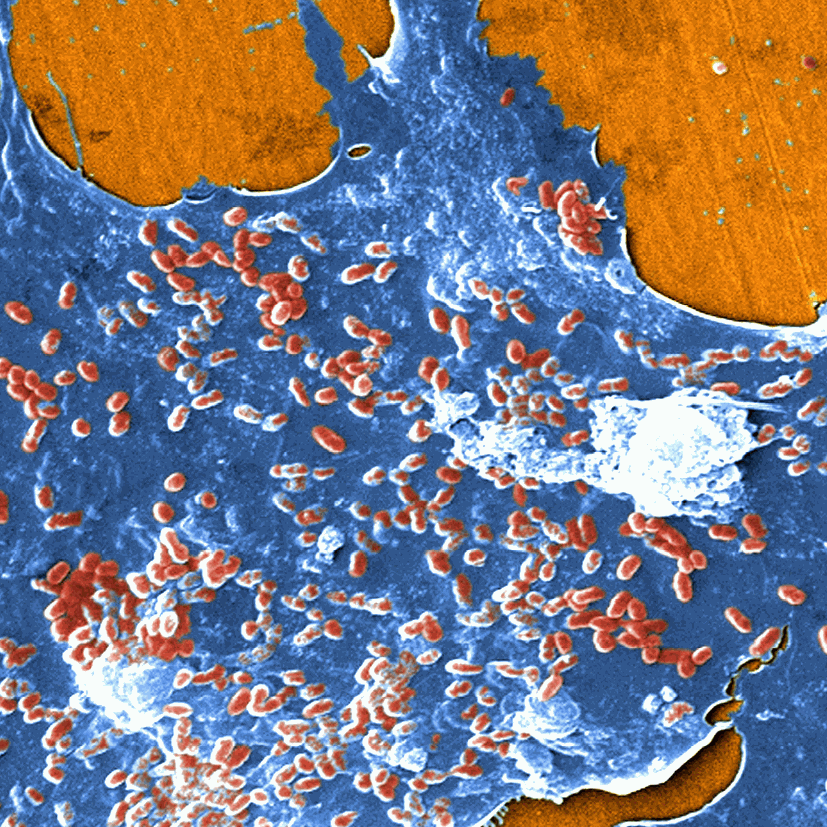
Emergent Properties
-
Biofilms have emergent properties (unpredictable from study of free, planktonic bacteria). ⁵
-
Cooperation : Horizontal transfer of genes carrying antibiotics-resistance and virulence is favored inside biofilms.
-
Survival : Biocides are mostly tested against free-floating (planktonic) bacteria, not against biofilms. Structural and functional properties of biofilm matrix enhance survival of exposure to antimicrobials.
-
Complex : Cells in biofilms have the ability to undergo differentiation. Continuously remodelled, every microbial species develops a specific matrix composition.
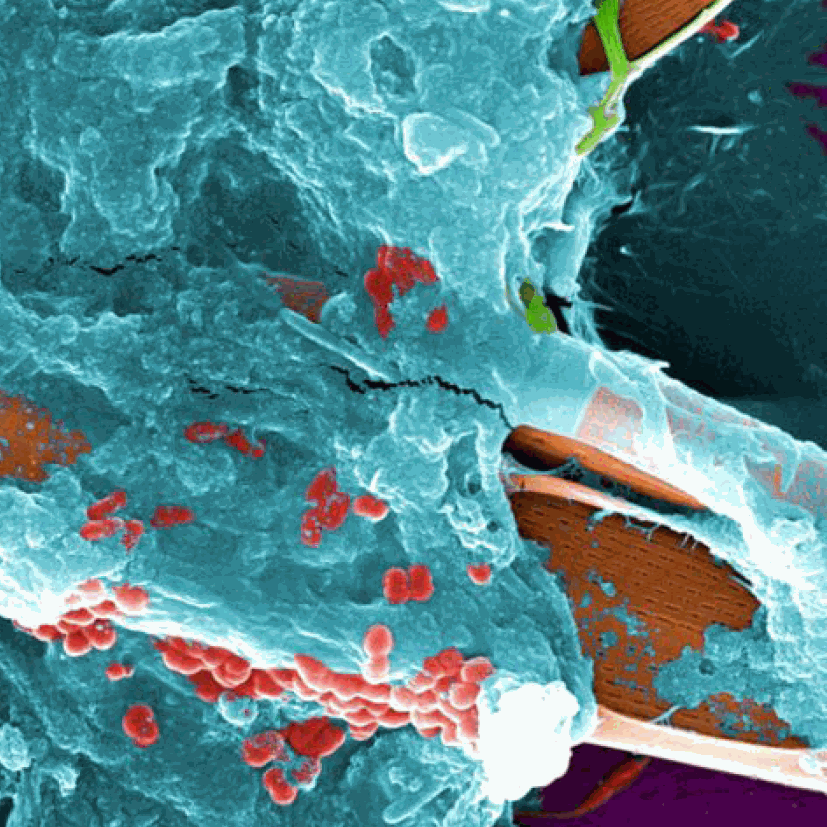
biofilms enable bacteria to survive in a wider range of condition
-
Bacteria in biofilm up to 1000 times more tolerant of biocides (disinfectants). ⁶
-
Antibiotics-resistance is favored inside biofilms through cell-to-cell signaling mechanism (horizontal transfer of genes).
-
Progressive accumulation leads to build-up of resistant biofilm over time . If the detergent action is not efficient against biofilm matrix, bacterial biofilm can resist high level disinfection. ⁷
-
Biofilms form a protective barrier around infectious microorganisms. Biofilms enhance survival of exposure to antimicrobials. ⁸
It is impossible to disinfect or even sterilize an inadequately cleaned instrument.¹⁰
Biofilm matrix should be eliminated by the detergence process. Microbes protected by Biofilm will resist even high-level disinfection.
Current Medical Device decontamination strategies assume that bacteria are free-floating (planktonic), whereas 99% of bacteria are protected by a biofilm. Most biocides are tested against free (planktonic) bacteria, but not against biofilms.
Inorganic and organic materials interfere with the effectiveness and antimicrobial activity of disinfectants and sterilization. ⁹
In short, all disinfection processes, whether done manually or by washer-disinfector , should be done only after appropriate manual cleaning.

